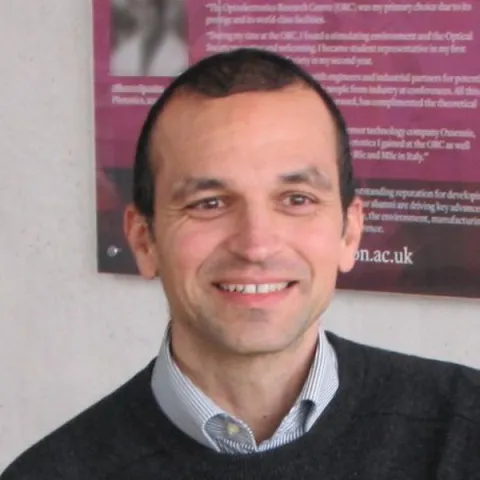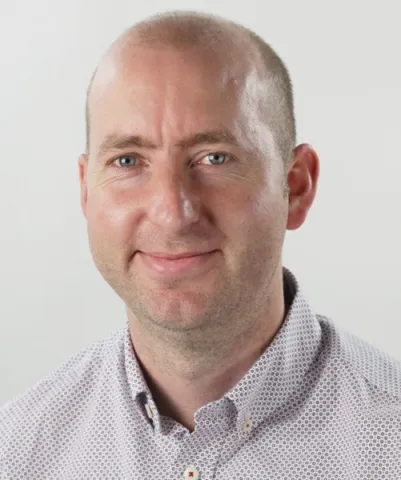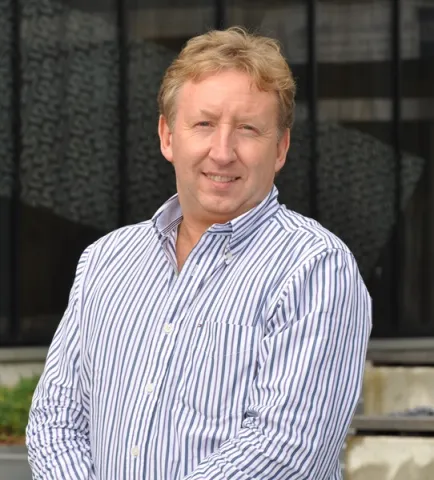Project overview
The properties of light are already exploited in communications, the Internet of Things, big data, manufacturing, biomedical applications, sensing and imaging, and are behind many of the inventions that we take for granted today. Nevertheless, there is still a plethora of emerging applications with the potential to effect positive transformations to our future societies and economies. UK researchers develop cutting-edge technologies that will make these applications a reality. The characteristics of these technologies already surpass the operating wavelength range and electronic bandwidth of our existing measurement equipment (as well as other facilities in the UK), which currently forms a stumbling block to demonstrating capability, and eventually generating impact. Several important developments, relating for example, to integrated photonic technologies capable of operating at extremely high speeds or the invention of new types of optical fibres and amplifiers that are capable of breaking the traditional constraints of conventional silica glass technology, necessitate the use of ever more sophisticated equipment to evaluate the full extent of their capabilities.
This project aims at establishing an open experimental facility for the UK research community that will enable its users to experiment over a wide range of wavelengths, and generate, detect and analyse signals at unprecedented speeds. The new facility will enable the characterisation of signals in time and will offer a detailed analysis of their frequency components. Coherent detection will be possible, thereby offering information on both the amplitude and phase characteristics of the signals.
This unique capability will enable its users to devise and execute a range of novel experiments. For example, it will be possible to experiment using signals, such as those that will be adopted in the communication networks of the future. It will make it possible to reveal the characteristics of novel devices and components to an extent that has previously not been possible. It will also be possible to analyse the response of experimental systems in unprecedented detail.
The facility will benefit from being situated at the University of Southampton, which has established strong experimental capabilities in areas, such as photonics, communications and the life sciences. Research at the extended cleanroom complex of Southampton's Zepler Institute, a unique facility in UK academia, will benefit from the availability of this facility, which will enable fabrication and advanced applications research to be intimately connected.
Furthermore, this new facility will be attached to EPSRC's National Dark Fibre Facility - this is the UK National Research Facility for fibre network research, offering access and control over the optical layer of a dedicated communications network for research-only purposes. The two together will create an experimental environment for communications research that is unique internationally.
This project aims at establishing an open experimental facility for the UK research community that will enable its users to experiment over a wide range of wavelengths, and generate, detect and analyse signals at unprecedented speeds. The new facility will enable the characterisation of signals in time and will offer a detailed analysis of their frequency components. Coherent detection will be possible, thereby offering information on both the amplitude and phase characteristics of the signals.
This unique capability will enable its users to devise and execute a range of novel experiments. For example, it will be possible to experiment using signals, such as those that will be adopted in the communication networks of the future. It will make it possible to reveal the characteristics of novel devices and components to an extent that has previously not been possible. It will also be possible to analyse the response of experimental systems in unprecedented detail.
The facility will benefit from being situated at the University of Southampton, which has established strong experimental capabilities in areas, such as photonics, communications and the life sciences. Research at the extended cleanroom complex of Southampton's Zepler Institute, a unique facility in UK academia, will benefit from the availability of this facility, which will enable fabrication and advanced applications research to be intimately connected.
Furthermore, this new facility will be attached to EPSRC's National Dark Fibre Facility - this is the UK National Research Facility for fibre network research, offering access and control over the optical layer of a dedicated communications network for research-only purposes. The two together will create an experimental environment for communications research that is unique internationally.


